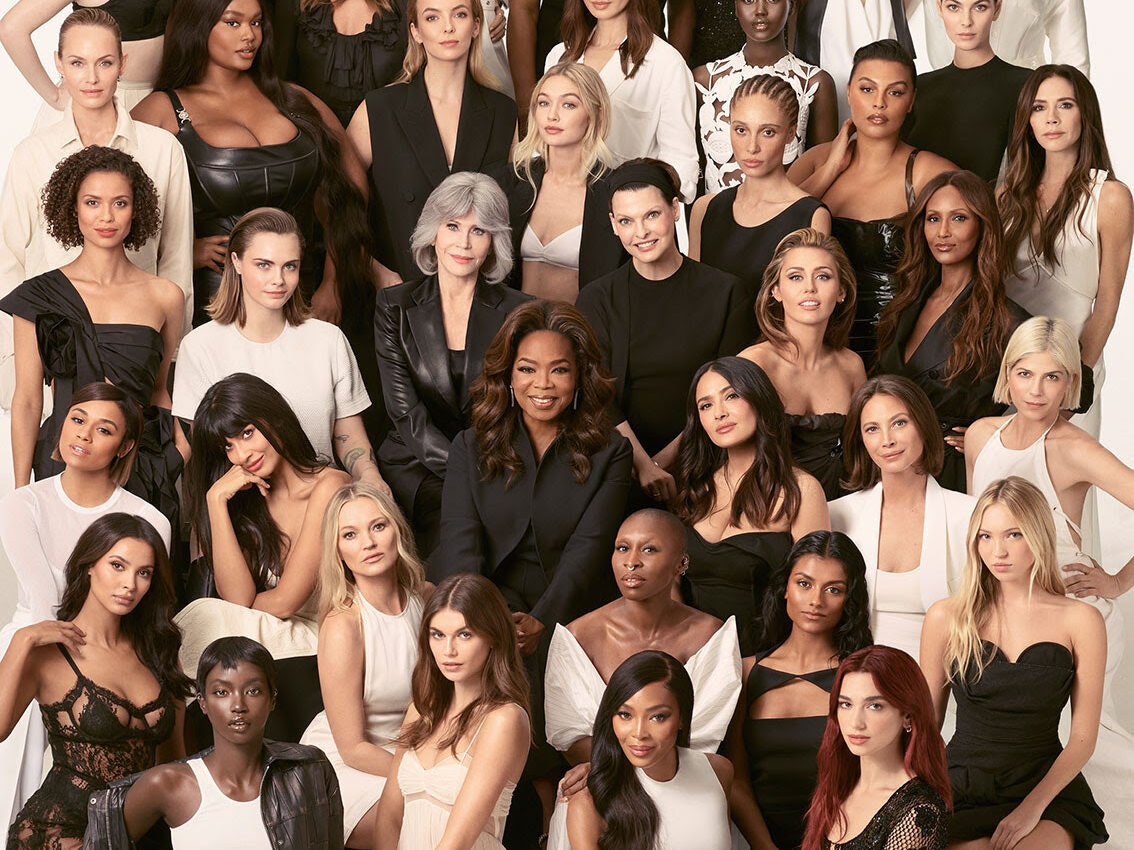The Time is Always Now – Exhibition Review


The Time Is Always Now is an exhibition held at the National Portrait Museum curated by the writer, broadcaster and creative director, Ekow Eshun. The exhibition showcases artwork from a range of 22 British and American artists of African and Caribbean descent, with an intent to explore the ways in which Black people are present in the confines of contemporary art, by looking at how they are shown within environments, and with other people.
The exhibition opens with an installation piece by Thomas J Price, made specifically for the showcase. Cast in bronze, and standing at 9 ft tall, ‘As Sounds Turn To Noise’ forces an audience to regard and contemplate a sculpture of a Black woman, a figure that has been so persistently overlooked and undervalued by society. Using groundbreaking 3D technology, Price’s installation has the facial and bodily characteristics of a widespread range of people situated In LA and London, which have been digitally combined to create one merged image. By ridding the sculpture of one identity, Price forces viewer’s to reflect on the ways in which identity is connected to community therefore is ever changing. His refusal to give one likeness to the piece suggests an acceptance of ideas surrounding solidarity and togetherness within the Black community.
With a unique, and daring collection ‘Vanishing Point’ Turner Prize nominee, Barbara Walter responds to the erasure of Black people within historical artworks, by reducing everyone but the often unnamed, Black subjects to etchings within her work. Her use of graphite allows the newly reclaimed Black subject to be portrayed in black and white, suggesting a sense of antiquity within the work. In her piece, ‘Vanishing Point 24 (Mignard)’, Walker reimagines Pierre Mingnards’ painting, ‘Portrait of Louise de Kéroualle, Duchess of Portsmouth’, so that instead of the vibrant blues and golds of the original, the audience is left to explore the intricacy of the detail of the Black subject. By removing the girl from her environment, Walter allows for her to be the centre of the narrative, despite her size relative to the rest of the composition, and viewer’s are left to confront the disparity between how much space both the girl and others in the Black community are allowed to take up in comparison to their non Black peers.
The work of Jennifer Packer seeks to portray the intimacy of personal relationships through the presentation of portraits of those closest to her. Through the continual addition and subtraction of oil paint, Packer creates paintings which are, in parts, altered to near abstraction in order to showcase the nuances of the individual. Packer’s work presents Black people as complex individuals by allowing for only one subject in a composition at a time, and placing them within an environment that enables the audience to understand more of who they are, essentially creating a world where her subjects can exist as themselves.
Njideka Akunyili Crosby’s innovative use of acrylic paint, coloured pencil and paper transfers have been expertly utilised to portray stories inspired by the personal and cultural experiences relevant to her identity. The way in which her artwork ‘You Still Bloom In This Land Of No Gardens’ utilises space in order to invite the audience into Akunyili Crosby’s home, creates a commentary of the domestic. From the portrait memorialising her Mother in the background beyond the leaves, and the way in which Akunyili Crosby paints herself holding her child, we can understand the way in which she presents the perpetual nature of motherhood, and how even through the separation of environment, it persists. The way in which the artists incorporate photography within the leaves allows for an audience to ponder on the sentiment of history permanently shaping nature, and how the events of a time long gone can still be of influence to the people of today.
Overall, I feel as though ‘The Time Is Always Now’ is a truly inspiring collection of work that seeks to both celebrate and criticise the ways in which Black people have been understood and defined within artwork, and I would urge people to go and experience it themselves.
Article written by Naila Owusu, a young student on work experience with GUAP





![ZINO VINCI’S ‘FILTHY & DISGUSTING’EP BRINGS YOU TO THE CORE OF THE ARTIST [@ZinoVinci]](https://guap.co/wp-content/uploads/2023/10/Zino-4.jpg)





![Remel London’s [@Remel_London] “Mainstream” is a must attend for upcoming presenters!](https://guap.co/wp-content/uploads/2017/02/REMEL-LONDON-FLYER-FINAL-YELLOW-COMPLETE-1.png)